Each medical specialty faces a distinctive set of challenges and, as a result, demands different software functionality. In this updated installment of our specialty snapshot series, we look at the field of pulmonology and identify the kind of software functionality pulmonologists need to prosper.
State of the Specialty
Pulmonologists specialize in treating diseases and conditions of the lungs and bronchial tubes. They treat patients with conditions often too complex for primary care physicians (PCPs) to manage alone, such as emphysema, asthma and chronic obstructive pulmonary disease. As a result, many pulmonology patients come as referrals from PCPs.
Although pulmonologists tend to see fewer patients per day than PCPs, they face the challenge of juggling multiple work settings. Many pulmonologists spend significant time treating patients in both hospitals and office practices.
Pulmonologists earn an average $258,000 a year (down slightly from $263,000 reported the previous year), according to a 2014 Medscape report. This average compensation places pulmonologists in the middle of the pack (14th among 25 specialties surveyed).
Similar to other specialties, pulmonologists continue to face adjustments from government regulations. Some believe new payments models, such as prices set by Accountable Care Organizations (ACOs), could increase competition and decrease pulmonologist income.
What Type of Functionality Do Pulmonologists Need?
Because pulmonologists typically work in multiple care settings, they are constantly on the go. Consequently, they often need to take their work off-site. Cloud-based EHRs are a viable solution accessible from any device remotely via the Internet. A pulmonary EHR must work effectively on all major web browsers to maximize this ability.
Because pulmonologists don’t earn as much as some other specialties, they have to maximize profitably, including attesting to CM CMS’s Medicare and Medicaid EHR Incentive Programs. An EHR with real-time reporting capabilities will help keep pulmonologists on track to receive the most incentive Meaningful Use payments during each stage of the program.
Pulmonologists concerned about their financial efficacy should look for a practice management system that will help them optimize reimbursement. It’s critical to choose a practice management system that reviews claims automatically for errors, so staff members can focus on processing new claims and not on double-checking older ones.
Also, the switch from ICD-9 to ICD-10 codes could at least triple the number of codes relevant to pulmonologists. These challenges make it essential to find a practice management software vendor that keeps up with industry change and issues products updates automatically for government regulations.
In all, pulmonologists need health IT software as adaptable as they are. Keeping flexibility in mind will help pulmonologists find solutions that keep their practices productive and their current and future financial outlook healthy.
Cloud-based EHR, practice management and RCM solutions can help pulmonologists breathe easier

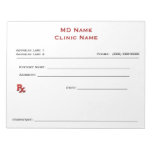
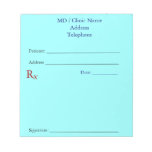
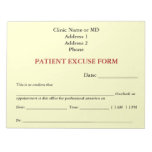
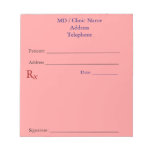
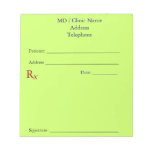
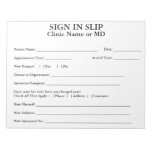
No comments:
Post a Comment